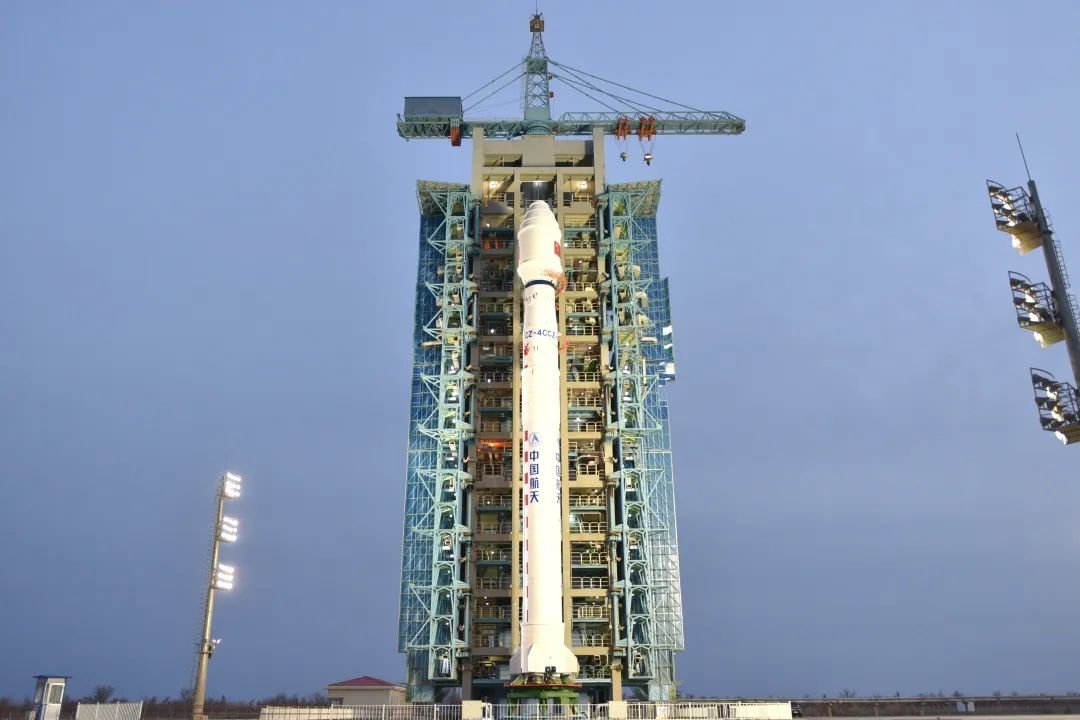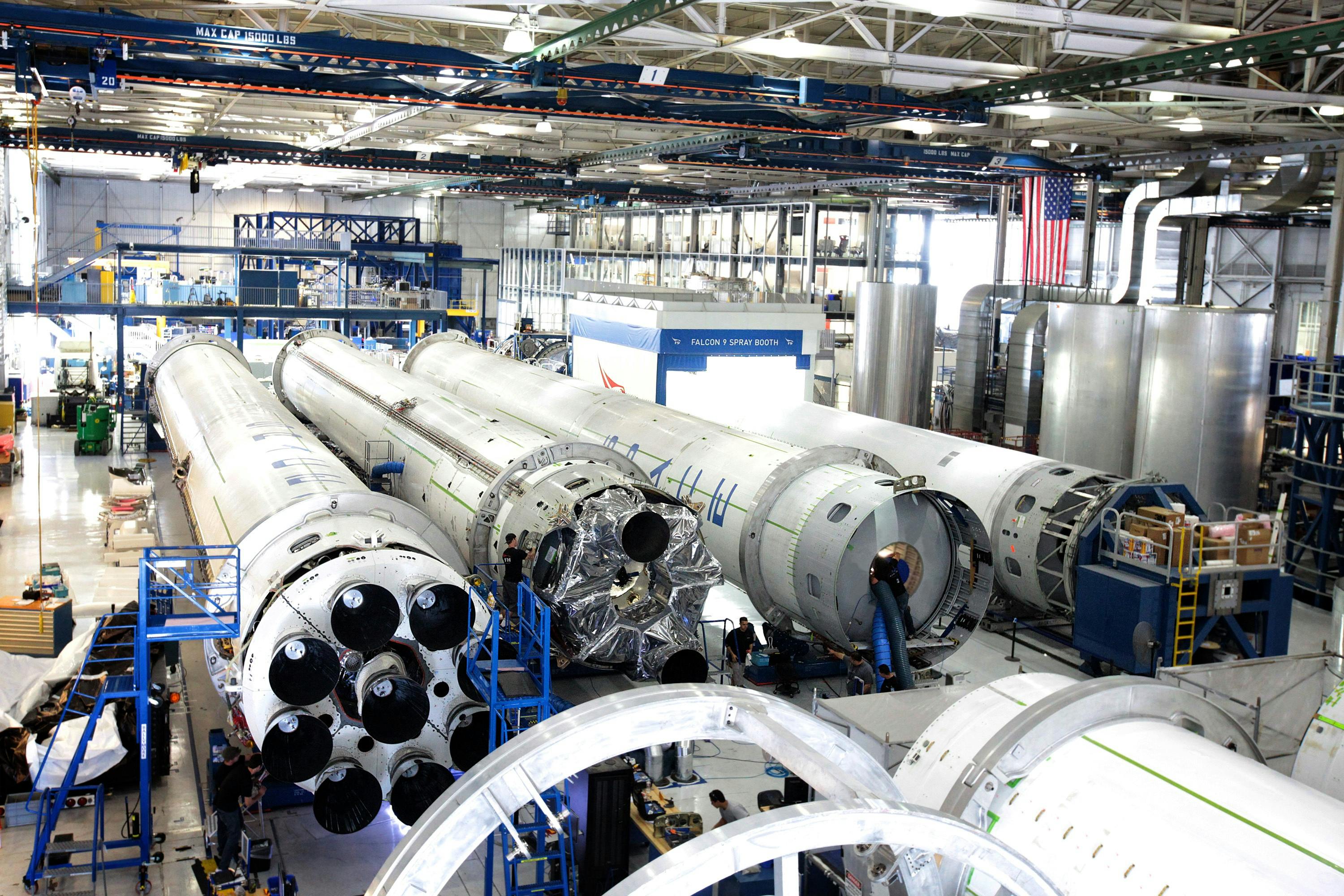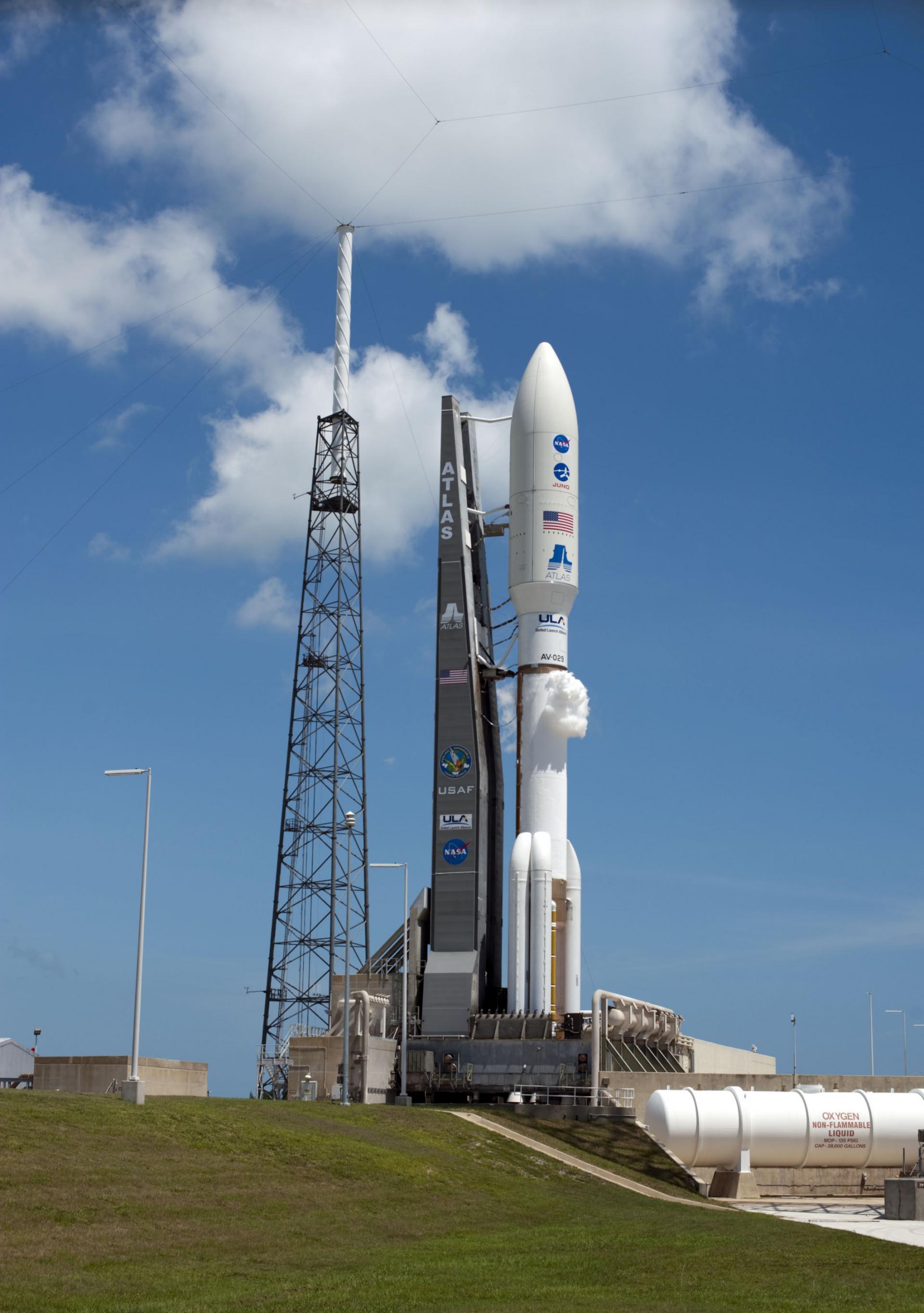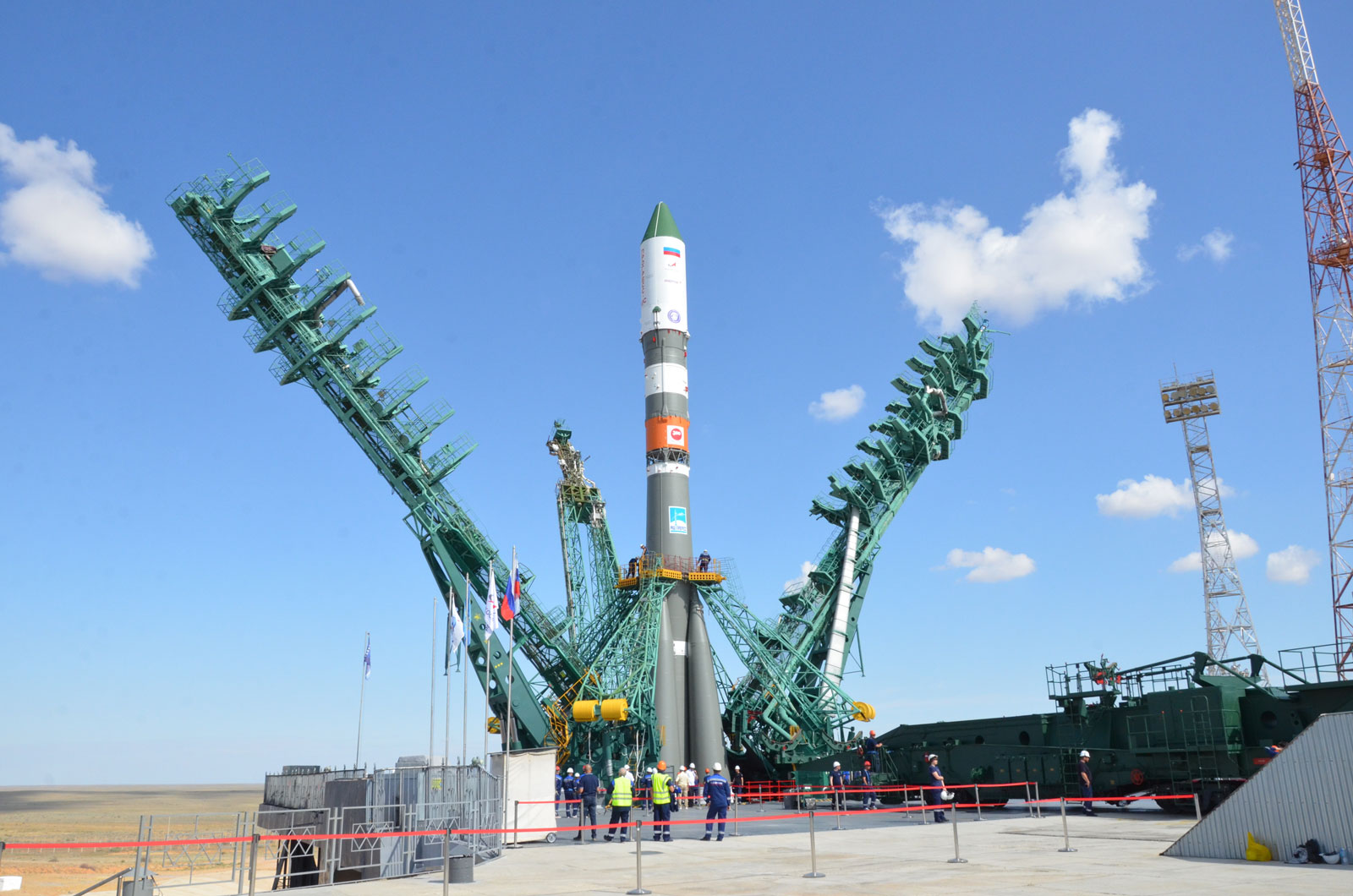· space brief · 5 min read
Space Brief 13 Aug 2025
Today's Space Brief covers the inaugural national security mission of ULA's Vulcan Centaur, the Space Force's 2026 budget insights, and shifts in military drone technology.

📄Top Stories
Today marks a significant milestone for United Launch Alliance (ULA) as their Vulcan Centaur conducts its first national security mission, marking a pivotal change for U.S. Defense space operations. Additionally, the Space Force’s 2026 budget has been revealed, suggesting potential growth but raising questions about sustainable funding. Military drone technology sees advancement with plans to replace longstanding systems with newer models.
📰Detailed Coverage
ULA’s Vulcan Centaur Debuts with National Defense Mission
United Launch Alliance’s Vulcan Centaur rocket successfully launched its first national security mission on August 12, 2025, from Cape Canaveral Space Force Station. This operation, designated USSF-106, ushers in a new era where the Defense Department exclusively utilizes domestic rockets powered by U.S.-manufactured engines for such critical missions, enhancing national security independence.
Equipped with two methane-fueled BE-4 engines and four solid-fuel strap-on boosters, this 198-foot rocket demonstrated its robust capabilities with a seamless lift-off. The Vulcan Centaur’s success not only marks a significant technological achievement but also a crucial step in ensuring sustained national security satellite operations. Track this new addition to the roster of military satellites using our web app’s advanced tracking features.
Read the full story: SpaceNews
Assessing the Space Force 2026 Budget
The Space Force has unveiled its budget proposal for 2026, totaling $11 billion. Experts are analyzing whether this significant financial boost will prove beneficial or merely a temporary surge. The budget outlines strategic investments in new satellite systems and increased defense capabilities, but concerns remain regarding the durability and allocation of these funds.
Financial strategists emphasize the importance of not just the total amount but the method of distribution within the budget, which will critically impact various sectors of space defense infrastructure. This skepticism underscores the need for careful planning to ensure long-term efficacy and sustainability in space operations.
Read the full story: SpaceNews
Vulcan Centaur Inspires New Military Satellite Era
In an historic launch, United Launch Alliance’s Vulcan Centaur facilitated the deployment of an experimental navigation satellite on its maiden national security mission. The rocket’s impressive launch reiterated its role as a game-changer in military satellite logistics, demonstrating advanced technology aimed at improving national security payload capabilities.
This first deployment exemplifies the U.S. military’s commitment to innovative technologies to maintain a strategic advantage in space. The mission’s success signals a future of increased reliance on advanced, homegrown rocket technology prepared to meet evolving defense demands.
Read the full story: Space.com
Army to Modernize Drone Arsenal
As part of a broader strategic overhaul, the U.S. Army plans to replace its aging fleet of Gray Eagle and Shadow drones. This initiative follows the Army Transformation Initiative’s call for modernization, aiming to deploy updated models in 2028 and 2026, respectively, to align with contemporary defense requirements and operational challenges.
The push for next-generation drones illustrates a commitment to improved surveillance and reconnaissance capabilities. These advancements signal a shift towards more versatile and technologically sophisticated unmanned aerial systems, essential for future military operations.
Read the full story: Breaking Defense
🛰️Satellite Spotlight
- Satellite Name: BRITE-AUSTRIA
- NORAD ID: 39091
- Launch Date: February 25, 2013
- Mission: Designed for astronomy and technology experiments, BRITE-AUSTRIA focuses on monitoring the brightness variations of stars and contributes to a better understanding of stellar structures and processes.
- Orbit: LEO (Low Earth Orbit)
- Operator: TUG (Technical University of Graz)
- Fun Fact: BRITE-AUSTRIA is part of the BRITE (Bright Stars) constellation, which includes mini-satellites dedicated to photometry, allowing scientists to study phenomena like stellar oscillations.
Track this satellite in real-time on our web app: Track BRITE-AUSTRIA
🌌Space Weather
Current space weather shows Enhanced solar wind (566 km/s).
Current
R0 - S0 - G0
Last 24 Hour Maximums
R0 - S0 - G0
Recent Alerts
- Electron Alert: Continued alert for Electron 2MeV Integral Flux exceeding 1000 pfu, with highest recorded flux at 3163 pfu.
- Geomagnetic Warning: Extended warning for a Geomagnetic K-index of 4, affecting areas primarily poleward of 65 degrees magnetic latitude, potentially leading to weak power grid fluctuations and visible auroras in high latitudes.
Next 24 Hours
-
Radio Blackouts Probability
- Minor: 55
- Major: 10
- Risk: None
-
Solar Radiation
- Probability: 10
- Risk: None
-
Geomagnetic Storming
- Scale: 0
- Impact: none
- Activity: Low
-
Impact Summary
- Next 24 hours: No risk of radio blackouts or solar radiation storms.
- Geomagnetic outlook: No G1 (Minor) or greater geomagnetic storms are expected.
- No significant transient or recurrent solar wind features are forecast.
- Radiation outlook indicates a slight chance for S1 (Minor) solar radiation storms on 13 Aug.
Long Term Forecast
- Forecast of Solar and Geomagnetic Activity (11 August - 06 September 2025):
- Solar activity expected to be predominantly low with M-class flare (R1-R2/Minor-Moderate) activity likely.
- No proton events expected at geosynchronous orbit, barring significant flare activity.
- Greater than 2 MeV electron flux at geosynchronous orbit to reach high levels on specific dates.
- Geomagnetic field activity likely reaching active levels with expected G1 (Minor) storming on 18-20 Aug and potential G2 (Moderate) storming on 05 Sep.
🚀Upcoming Space Launches
August 14
- SpaceX Falcon 9:
- Starlink Group 17-4 from Vandenberg Space Force Base, CA, USA (02:05 UTC)
A batch of 24 satellites for the Starlink mega-constellation - SpaceX’s project for a space-based Internet communication system.
- Starlink Group 17-4 from Vandenberg Space Force Base, CA, USA (02:05 UTC)
- SpaceX Falcon 9:
- Starlink Group 10-20 from Cape Canaveral Space Force Station, FL, USA (10:47 UTC)
A batch of 28 satellites for the Starlink mega-constellation - SpaceX’s project for a space-based Internet communication system.
- Starlink Group 10-20 from Cape Canaveral Space Force Station, FL, USA (10:47 UTC)
August 15
- LandSpace Zhuque-2E:
- Unknown Payload from Jiuquan Satellite Launch Center, People’s Republic of China (01:08 UTC)
Details TBD.
- Unknown Payload from Jiuquan Satellite Launch Center, People’s Republic of China (01:08 UTC)
- SpaceX Falcon 9:
- Starlink Group 17-5 from Vandenberg Space Force Base, CA, USA (15:44 UTC)
A batch of 24 satellites for the Starlink mega-constellation - SpaceX’s project for a space-based Internet communication system.
- Starlink Group 17-5 from Vandenberg Space Force Base, CA, USA (15:44 UTC)
August 16
- CAS Space Kinetica 1:
- Unknown Payload from Jiuquan Satellite Launch Center, People’s Republic of China (07:25 UTC)
Details TBD.
- Unknown Payload from Jiuquan Satellite Launch Center, People’s Republic of China (07:25 UTC)
- SpaceX Falcon 9:
- Starlink Group 10-11 from Cape Canaveral Space Force Station, FL, USA (11:35 UTC)
A batch of 28 satellites for the Starlink mega-constellation - SpaceX’s project for a space-based Internet communication system.
- Starlink Group 10-11 from Cape Canaveral Space Force Station, FL, USA (11:35 UTC)
August 17
- China Aerospace Science and Technology Corporation Long March 4C:
- Unknown Payload from Xichang Satellite Launch Center, People’s Republic of China (08:56 UTC)
Details TBD.
- Unknown Payload from Xichang Satellite Launch Center, People’s Republic of China (08:56 UTC)
Note: Launch dates and times are subject to change due to technical or weather considerations.

Maurice Stellarski





